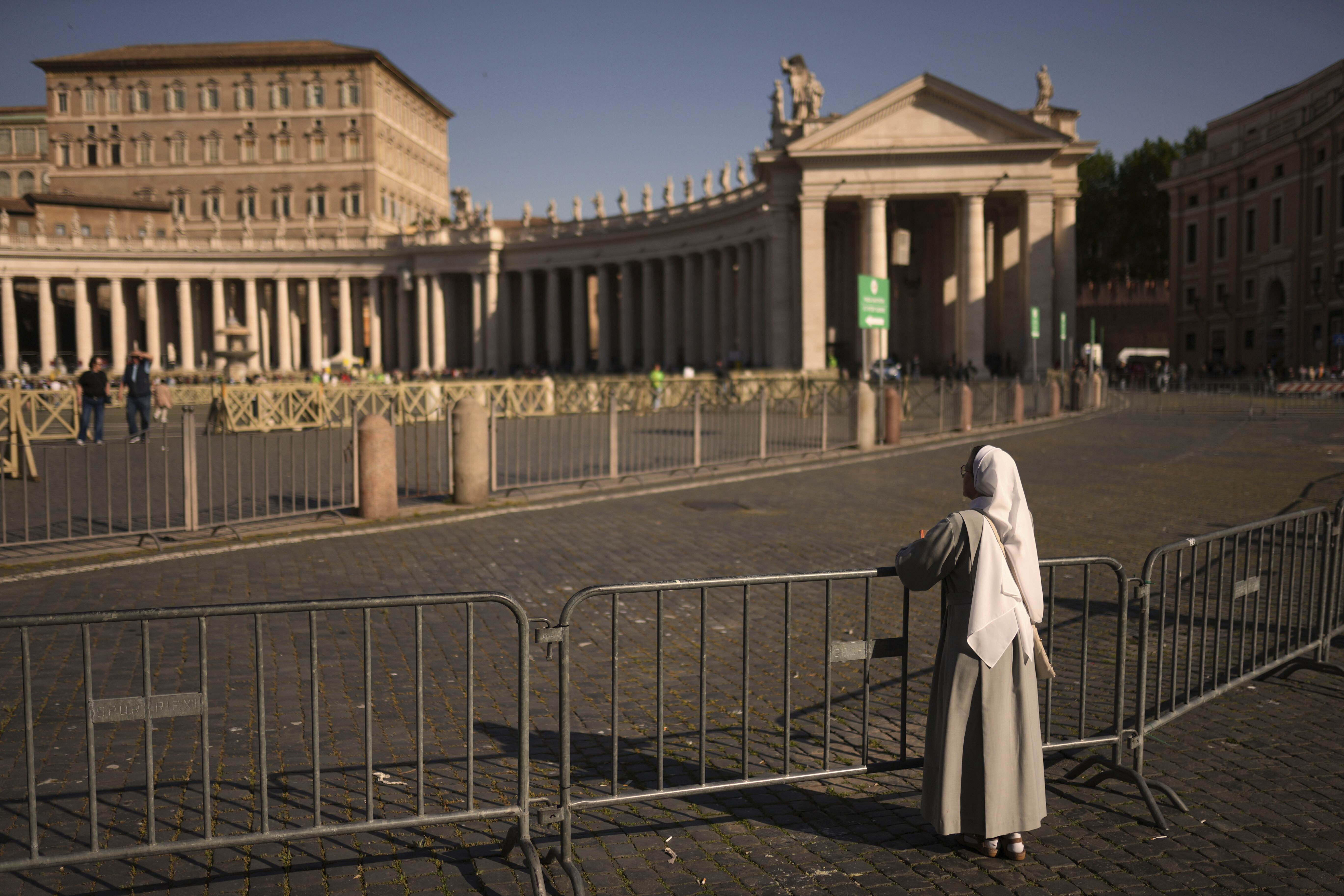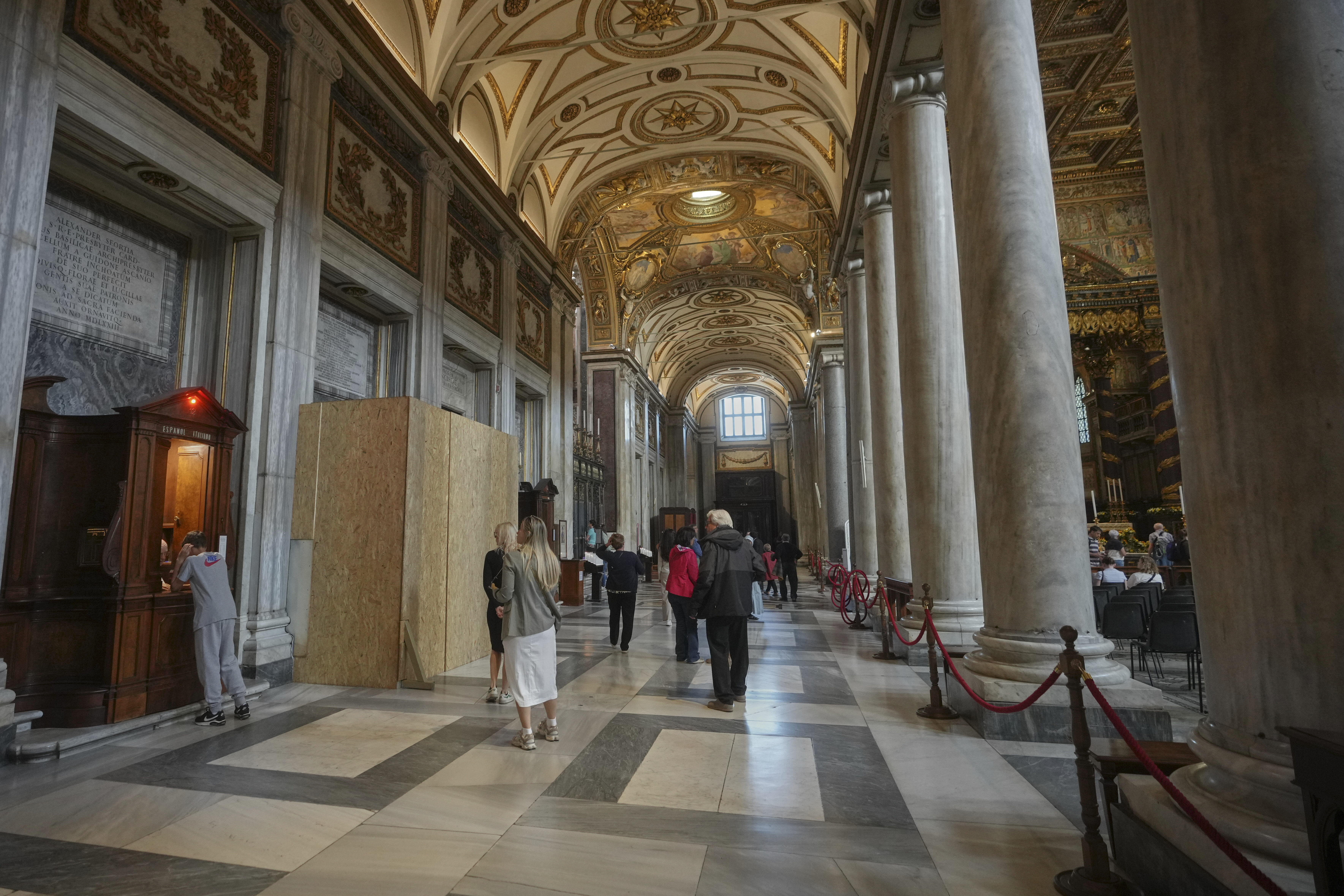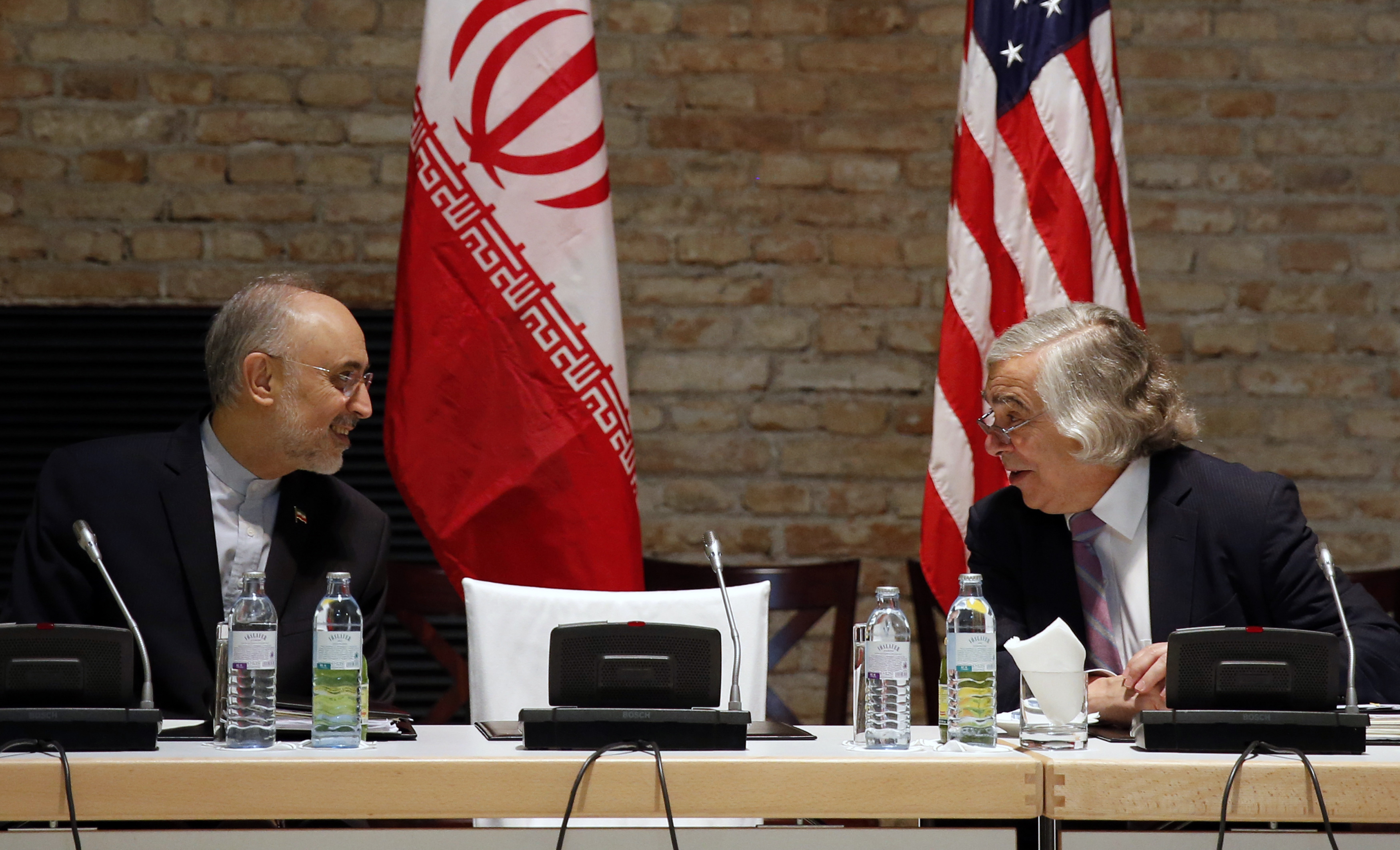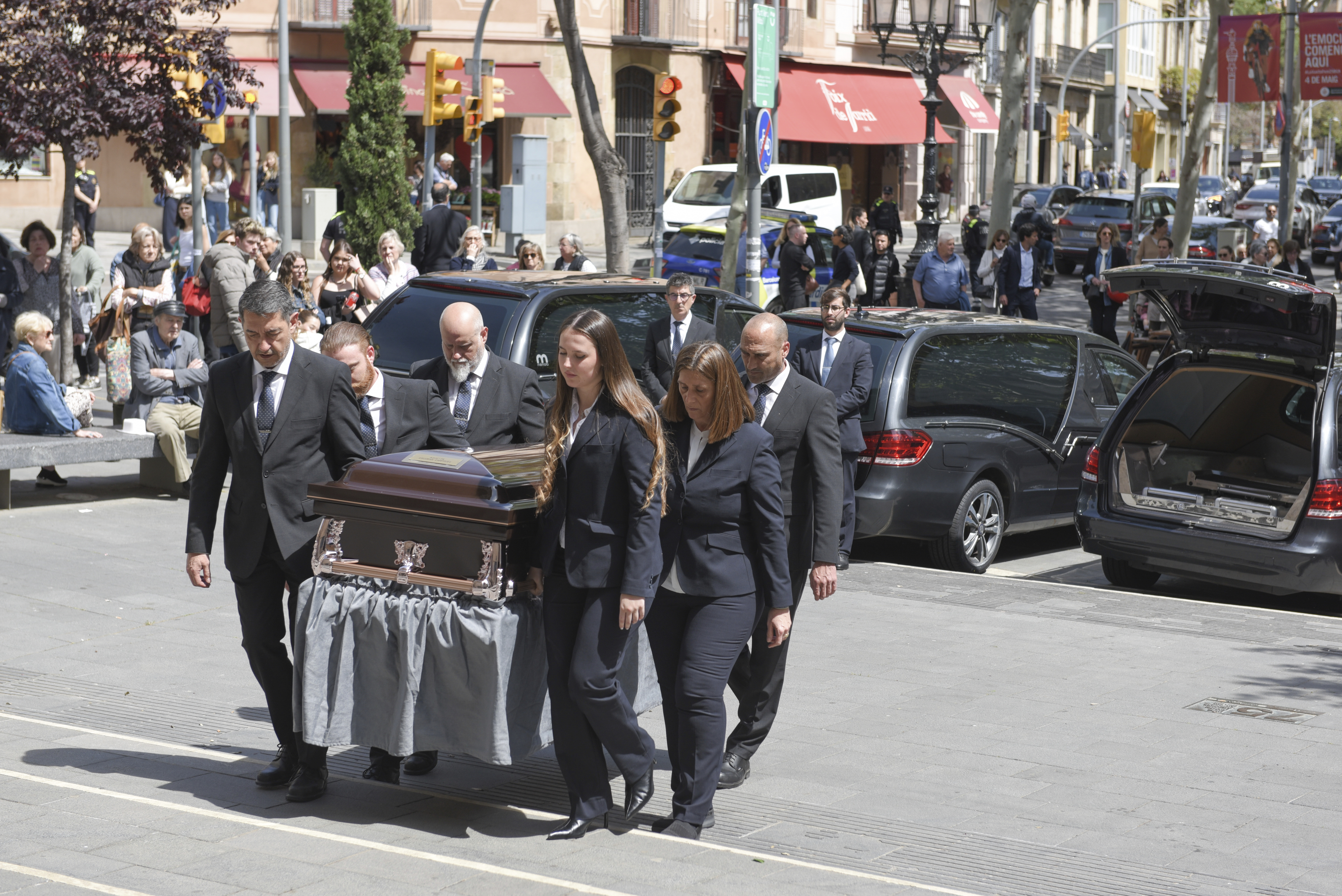MEMPHIS, Tenn. — It’s like driving to Nashville every day, a three-hour trip — that’s how long one man in Memphis says he typically spends on the bus going to and from work.
He was one of several bus riders to reach out to WREG’s investigator Jessica Gertler about concerns they have with public transportation, especially during the pandemic.
Charles Reed said around 9 a.m., he walks the same route from his North Memphis home to a bus stop, two miles away, on Union Avenue in the Medical District.
Reed hasn’t driven in years, instead taking the bus to get to the library on Poplar where he uses a computer to further his education. He chooses the two-mile hike to make sure he can get on a bus.
“I can’t take the chance of trying to catch the 52 and going downtown to catch a transfer, and they tell me they’re full,” Reed said.
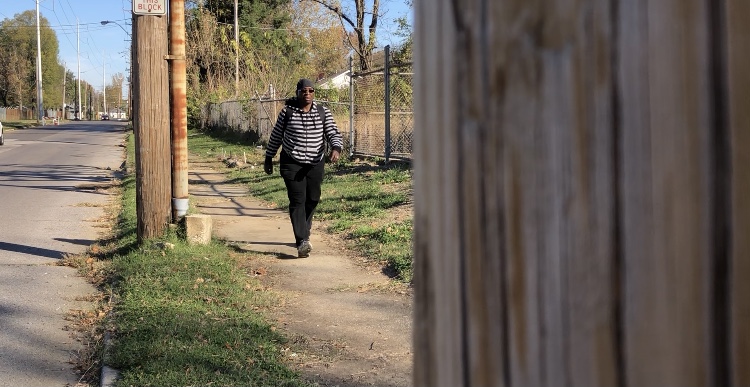
The Memphis Area Transit Authority implemented CDC guidelines to keep drivers and passengers safe. Passengers are socially distanced so, instead of about 60 passengers, capacity is limited to about 10.
If that bus fills up, the driver won’t let anyone else board. We saw it happen a number of times around Cleveland and Poplar.
Reed said the main routes, especially during commute times, fill up quickly.
“If they raise their hands and say full, ten, that’s it. You have to wait until the next one comes, and if they say full again, you still have to wait,” Reed said.
That waiting is leading to frustration felt by riders across the city.
“Why not put a bus behind it to pick up the overflow?” commuter Anthony Hervey asked. “We have schedules to meet also. We have to be at our jobs on time.”
Essential workers like Sammie Hunter told can’t do their jobs from home during the pandemic.
Hunter lives in East Memphis and works at a hospital in Whitehaven. He said the bus ride takes an hour and a half each way. He said it can be a three-hour round trip.
“In a car it would be about 15 minutes,” he said.
MATA CEO Gary Rosenfeld explained that MATA received some CARES Act money to help with things like PPE and fares, and he said when a route gets crowded, they try to send any extra buses.
“We can’t just go get more buses and go get more drivers,” Rosenfeld said. “Again, funding and also, to buy buses is a two-year process.”
He asked that businesses pitch in by being a little more flexible on their employees’ start times.
Dorothy Conner says it isn’t just COVID causing her to plan ahead right now. MATA has made changes to some routes, including the ones she rides. She plans out her trips two hours ahead of time.
The route changes are part of MATA’s new transit vision. For months, the agency has been getting input through town halls, from stakeholders and elected officials, on how to improve service and limit transfers.
MATA said it’s received around 25 complaints regarding the recent route changes. The agency will take them into consideration when it makes the next round of changes early next spring.
Rosenfeld said many people ask why MATA would make these changes in the middle of a pandemic.

He said they’ve been dealing with COVID for 10 months and will be dealing with it several more months until the broad adoption of a vaccine. So they moved forward with the plan at the end of November, changing some routes to get more buses to places like the airport area and the Amazon distribution center in Frayser.
“Our transit vision calls for much higher frequencies, but we don’t have the funding,” said John Lancaster, director of planning and scheduling for MATA.
That’s the word we continue to hear: funding.
Right now, MATA’s operating budget sits at $65 million. A lot of it comes from the city, and then federal and state funds.
MATA said in order to be the service that everyone wants, with more buses running and serving longer hours, they need about $30 million more a year.
Shelby County Mayor Lee Harris said he thinks mass transit service is unacceptable. He thinks the county needs to put money into the pot, believing better transportation helps the poorest people, who are isolated from jobs and basic necessities.
It gives them more opportunities, thus decreasing poverty, blight and crime.
He proposed increasing the wheel tax to get more funding but it didn’t pass. Instead, the county commission agreed to give just $1 million.
“We folded like a cheap suit or a folding chair every time this issue has come up, and because of the absence of political courage, the same problem festers year after year after year,” Harris said.
That means you may notice Reed walking to the bus stop again tomorrow, because that’s his best option.
More MATA info
You can find out more about the transit vision plan here.
If you have concerns or suggestions, contact MATA here.





